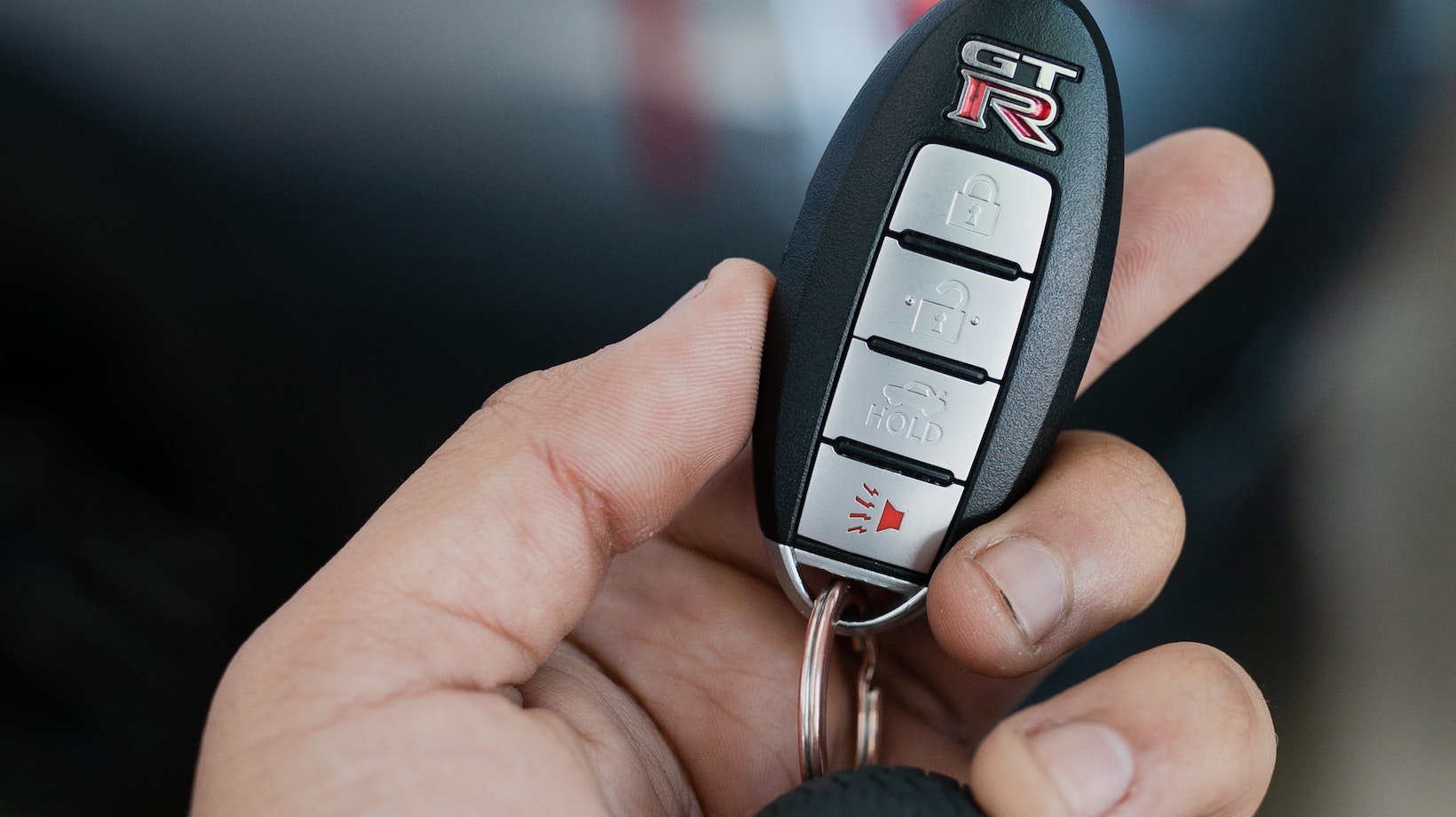Car Keyed Repair
Finding the keyed area on your car can be a frustrating and disheartening experience. However, with a careful inspection and some knowledge about repair methods, you’ll be on your way to restoring your vehicle’s appearance. In this section, we’ll explore how to inspect the damage, choose the right repair method, and evaluate DIY options.
Inspecting The Damage
When faced with a car that has been keyed, it’s important to thoroughly inspect the affected area before deciding on a repair approach. Here are some steps to help you assess the damage:
- Visual Examination: Begin by taking a close look at the keyed area. Look for any visible scratches or marks on the paintwork or clear coat. Pay attention to the depth of the scratch as well; superficial scratches may require different repair techniques than deeper ones.
- Run Your Fingers: Gently run your fingers over the damaged area to feel for any roughness or irregularities caused by keying. This tactile examination can give you a better sense of how extensive the damage is.
- Check Surrounding Areas: Don’t forget to examine areas adjacent to where you suspect keying occurred. Sometimes, perpetrators may have extended their vandalism beyond one spot.
By conducting a thorough inspection, you’ll have a clearer understanding of both the extent and location of the damage.

Choosing The Right Repair Method
- Professional Repair: If you’re not confident in your ability to fix deep scratches or if they cover large areas, seeking professional assistance from an auto body shop is often recommended. Experts can use specialized tools and techniques like sanding and repainting for more comprehensive repairs.
- Touch-Up Paint Kits: For minor surface scratches that haven’t penetrated through multiple layers of paint, touch-up paint kits can be a viable option. These kits typically include the necessary materials, such as color-matched paint and clear coat, to fill in and blend the damaged area.
- Paintless Dent Repair (PDR): In some cases, keying may result in both scratches and dents on your car’s surface. PDR is a technique commonly used for small dents without damaging the original paint. Skilled technicians use specialized tools to massage the dent out from behind, restoring the panel’s shape.
Evaluating DIY Options
- Skill Level: Assess your own abilities and experience with automotive repairs. Keep in mind that fixing deep or extensive scratches may require advanced skills and expertise.
- Time Commitment: DIY repairs can be time-consuming, especially if you need to purchase materials or learn new techniques along the way. Consider whether you have enough time available to dedicate to this process.
- Cost Analysis: Compare the cost of purchasing repair materials versus seeking professional help or using touch-up kits. Sometimes, opting for professional repair services can save you money in the long run by ensuring quality results.
Remember that DIY repairs carry some risks; improper techniques or using unsuitable products might worsen the damage instead of fixing it.
Assessing The Damage: Car Keyed Repair
- Inspect the Scratch: Start by closely examining the scratch or key mark on your car’s surface. Look for any signs of deep gouging or exposed metal. If you notice these issues, it may require more extensive repairs beyond simple touch-up work.
- Evaluate the Length and Depth: Take note of how long and deep the scratch is. Longer scratches can be more challenging to fix, especially if they span across multiple panels or are located in hard-to-reach areas. Additionally, deeper scratches may require more than just a touch-up paint job.
- Consider Your DIY Options: If you’re comfortable with do-it-yourself solutions, there are various products available in the market specifically designed for car keyed repair. These include scratch repair pens, touch-up paint kits, and clear coat fillers. However, keep in mind that DIY methods might not always provide professional-grade results.
- Seek Professional Assistance: For more severe or complex damages, it’s advisable to consult a professional auto body shop or a certified technician specializing in paint repairs. They have the expertise and tools necessary to assess and repair key scratches effectively while ensuring a seamless finish.
- Get Multiple Quotes: Before committing to any repairs, consider obtaining quotes from different professionals or shops in your area. This allows you to compare pricing options and find someone who offers reliable service at a reasonable cost.
Remember that addressing a keyed car promptly is essential as leaving it untreated can lead to further damage such as rust formation or worsening of existing scratches over time.







































